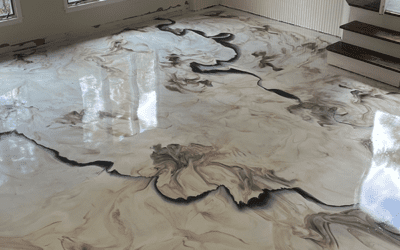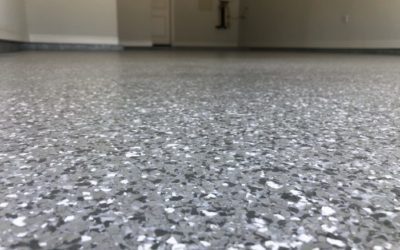Below is a comprehensive list of floor coating FAQs that includes information on various floor coating types including epoxy, polyaspartic, polished concrete, and urethane cement flooring.
1. What is epoxy flooring? Epoxy flooring is a type of surface coating that protects and extends the life of concrete floors. Epoxy is made by mixing one part epoxide resin with one part polyamine hardener, creating a chemical reaction that forms a rigid plastic material that is strong, resistant to degradation, and bonds extremely well to its substrate.
2. How is polyaspartic flooring different from epoxy? Polyaspartic flooring is a type of high-performance coating derived from aliphatic polyurea. It has many similarities with epoxy but cures faster, has higher abrasion and chemical resistance, and performs exceptionally well in extreme temperatures. Unlike epoxy, it can be applied in a very thin or thick layer, allowing for more flexible application.
3. What are the advantages of polished concrete? Polished concrete is a cost-effective flooring option that’s durable, easy to maintain, and environmentally friendly. It reduces dust mite and allergen problems, doesn’t require hazardous coatings, and is available in a variety of colors and designs. It’s also resistant to moisture transmission issues, making it an excellent option for both residential and commercial use.
4. Why choose urethane cement flooring for industrial environments? Urethane cement is a heavy-duty floor coating that is exceptionally resistant to chemicals, abrasions, impacts, and temperature fluctuations. It’s often used in harsh, demanding industrial environments due to its durability, quick curing time, and moisture tolerance.
5. How long does epoxy flooring last? When properly installed and maintained, epoxy flooring can last for several decades without peeling or cracking. Its longevity makes it an excellent investment for both commercial and residential properties.
6. Can polyaspartic flooring be used for outdoor applications? Yes, polyaspartic flooring’s superior UV resistance makes it ideal for outdoor applications. It won’t yellow or degrade upon exposure to sunlight, maintaining its appearance and structural integrity over time.
7. Is polished concrete slippery? Polished concrete, like any hard, smooth surface, can be slippery when wet. However, anti-slip conditioners can be applied to provide extra traction, and certain finishing techniques can create a naturally textured surface that reduces slipperiness.
8. What is the maintenance requirement for urethane cement flooring? Urethane cement flooring is relatively low-maintenance, requiring regular sweeping and occasional wet cleaning to remove dirt and residues. Unlike some flooring options, it doesn’t require waxing or sealing, maintaining its resilience and aesthetic appeal with minimal effort.
9. Does epoxy flooring work well in homes? Absolutely, epoxy flooring is not only robust and practical, but it can also be decorative, making it a stylish option for living spaces. It’s ideal for areas requiring durability and low maintenance, like garages, basements, and kitchens.
10. How fast does polyaspartic flooring cure compared to traditional coatings? Polyaspartic flooring cures remarkably fast, often being ready for use within 24 to 48 hours after application, whereas traditional coatings like epoxy can take several days to fully cure.
11. Can I place heavy equipment or machinery on epoxy floors? Yes, epoxy floors are known for their strength and durability, making them suitable for heavy equipment and machinery. Properly cured epoxy flooring can withstand substantial weight without cracking or sustaining damage.
12. How does temperature affect polyaspartic flooring application? While extreme temperatures can affect the application and curing of most floor coatings, polyaspartic flooring is known for its adaptability to a wide range of temperatures, making it suitable for both hot and cold environments.
13. Are there color options for urethane cement flooring? Urethane cement flooring typically comes in a variety of neutral shades, but it can be tinted or colored to suit specific aesthetic preferences or corporate colors. It can also be used in conjunction with colored quartz or chips for a decorative finish.
14. How does polished concrete withstand heavy foot traffic? Polished concrete is extremely durable and resistant to wear, making it ideal for commercial spaces with heavy foot traffic. Its hard surface withstands abrasion, and it won’t chip or dent like softer surface materials.
15. What is the installation process for epoxy flooring? The installation involves several steps starting with surface preparation, which often includes cleaning, repairs, and etching of the concrete. Then, a primer is applied if necessary, followed by the epoxy resin and hardener. Multiple layers may be applied with adequate curing time between layers, followed by a final sealing.
16. Is urethane cement flooring resistant to chemicals? Yes, one of the significant benefits of urethane cement flooring is its excellent chemical resistance. It withstands various chemical exposures, making it ideal for facilities like manufacturing plants, warehouses, and food processing units.
17. Can I use underfloor heating with a polished concrete floor? Absolutely. Polished concrete is an excellent conductor of heat, making it compatible with underfloor heating systems. It radiates heat evenly, contributing to a warm and comfortable environment.
18. Are there eco-friendly benefits to choosing polished concrete? Yes, polished concrete is considered environmentally friendly due to its long lifespan, low maintenance requirements, and use of existing concrete substrates. Additionally, it doesn’t require hazardous chemicals for cleaning or maintenance.
19. How do I clean an epoxy floor? Epoxy floors are low-maintenance. Regular sweeping and occasional mopping with a mild soap are typically all that’s required. Spills should be cleaned up promptly, and aggressive chemicals should be avoided as they might damage the finish.
20. What affects the cost of installing polyaspartic flooring? Several factors influence the cost, including the condition of the existing floor, total surface area, the complexity of the job, the number of coats required, and any additional customization like color mixing or decorative designs.



